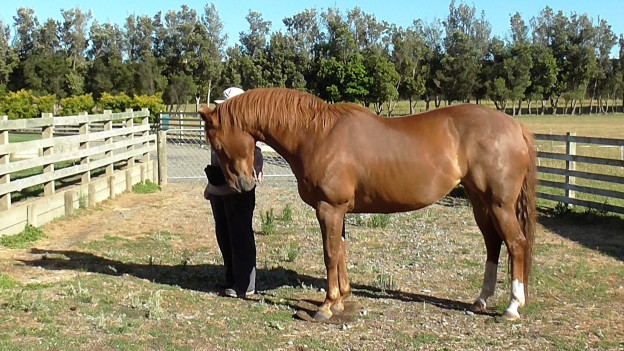- December 24, 2017
- Horse Care , Uncategorized
- Comments : 0
Learn about your Equine body language
Horses are lovely living animals. And you need to learn all about them, so you can take care of your new friends.
Afraid/Anxious/Nervous:
The head and neck are typically held high, and the muscles are tensed. The whites of the eyes may be showing, and the horse may be quivering or trembling. The tail may be tucked tightly against the hindquarters. The horse often can’t stand still and may try to bolt. He may also grind his teeth.
Alert/Focused:
The ears are pointed in the direction of where the horse is looking (ears may flick back and forth if a lot is happening in his surroundings). The head and neck are held up; there’s a bright, attentive look to the eyes; and the tail may be elevated.
Annoyed/Sour/Stressed:
A horse may pin his ears, wring or swish his tail, and have a hard look to his eyes. He may grind his teeth, toss or fling his head, and open his mouth or elevate his head to avoid a rider’s hands or the bit when under saddle. There is usually an overall stiffness to the body.
Content/Accepting:
A basic, happy attitude. There’s a soft look to the eye (normal blinking, not staring), and the muscles are relaxed overall. A horse will slightly lower his head, the ears may be forward or neutral (not focused in any particular direction), the mouth relaxed, and he may sigh and lick his lips. One hind leg might be cocked in relaxation if the horse is standing still.
Relaxed:
This horse is completely at ease. The eyes may be partially or totally closed, the head lowered, and muscles relaxed
Dominance/Aggression:
The horse will pin his ears and may curl his upper lip. He may swing his hindquarters toward whomever he’s trying to control and have a hard, staring look to his eye. Everything about his expression says, “Get out of my way!”
We know about horses! We love horses!

